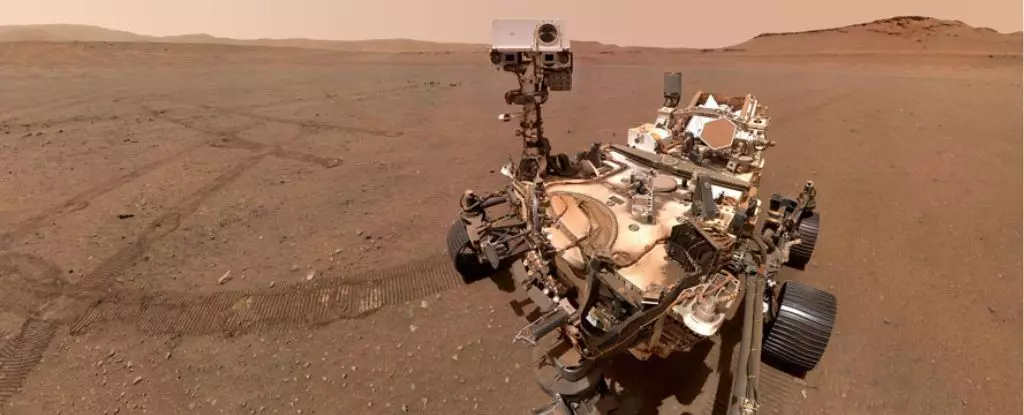The quest to return Martian rock samples to Earth is entering a crucial phase as NASA reevaluates its approach to handling the burgeoning costs and timelines of the Mars Sample Return mission. With rising expenses and objectives that have become more ambitious than initially envisioned, the agency is now considering collaborations with established commercial space entities like SpaceX and Blue Origin.
Challenges Facing NASA’s Mars Sample Return Mission
Originally slated for a delivery timeline in the early 2030s, the mission has been plagued by financial constraints and unforeseen delays. The sheer complexity of retrieving samples from the Martian surface and then successfully returning them to Earth has become increasingly daunting. These challenges prompted Bill Nelson, NASA’s outgoing administrator, to publicly acknowledge the agency’s need to explore alternative and potentially more cost-effective methods. The goal remains clear: to gather scientifically significant data that could unlock secrets of Mars, including the history of life on the planet.
Compounding NASA’s challenges is the increasing competitive landscape in space exploration. Reports from Chinese state media indicate that China is rapidly developing a streamlined sample return mission targeted for 2028, which could place them in the lead to achieve this historic feat. This scenario raises the stakes for NASA, making it imperative for the agency to act swiftly and plot a clear path forward.
NASA is contemplating two different architectural strategies for landing a robotic platform on Mars. One option involves the use of the well-established Sky Crane system, which has a proven track record from prior Mars missions, including the successful landings of both the Curiosity and Perseverance rovers. The advantage of this system lies in its reliability, albeit at a known cost projected between $6.6 billion and $7.7 billion.
The second strategy under consideration introduces a “heavy lift lander” developed in collaboration with commercial partners. This approach could provide NASA with a mechanism to potentially lower its overall expenditures even further, estimating costs between $5.8 billion and $7.1 billion. By employing commercial technology, NASA could leverage innovations that significantly enhance its operational efficiency while allowing for a more streamlined sample return process.
The Role of International Collaboration in Space Exploration
A noteworthy aspect of this mission involves the involvement of the European Space Agency (ESA), which is developing the Earth Return Orbiter to retrieve the Martian samples from orbit. Such collaboration signifies the potential for a united international effort in space exploration, one that may ultimately yield deeper insights into not just Mars but planetary science as a whole.
However, logistical considerations remain. The mission’s timeline will continue to hinge on Congressional appropriations and decisions made regarding operational pathways, including whether NASA will choose a direct return route from Mars or incorporate additional steps involving cislunar orbit.
In light of persistent Martian dust storms that could impact solar energy collection, NASA is contemplating a significant shift in its energy strategy for the proposed lander. The introduction of a nuclear battery could provide a more reliable and constant source of energy, thereby enhancing the mission’s overall viability. This change underscores a critical aspect of space exploration: adaptability. NASA is willing to pivot from traditional methods to innovative solutions to ensure mission success.
While Nelson attempts to downplay direct comparisons between NASA’s extensive Mars Sample Return mission and China’s more basic approach, the reality is that both missions symbolize pivotal milestones in the space race. For NASA, this mission represents a culmination of decades of astronomical research and investment in planetary science. Meanwhile, China’s swift advancement in space exploration could signify a new era of competition that prompts agencies worldwide to rethink their strategies and priorities.
As NASA navigates the complex landscape of interplanetary exploration with the looming presence of commercial partners and geopolitical rivals, the ethos of flexibility, innovation, and collaboration will be essential in the pursuit of returning samples from Mars. The mission is not just about gathering rocks; it is about unlocking the mysteries of the cosmos and understanding humanity’s place within it. The future remains uncertain, but NASA’s strategic pivots show determination to catch up and possibly pave the way for groundbreaking discoveries.


Leave a Reply